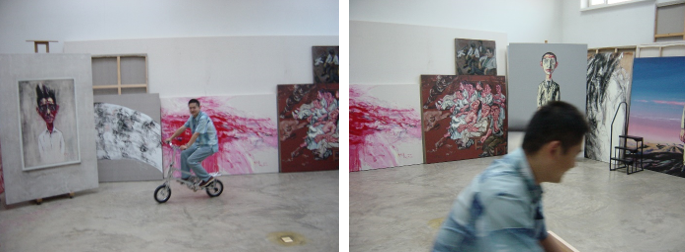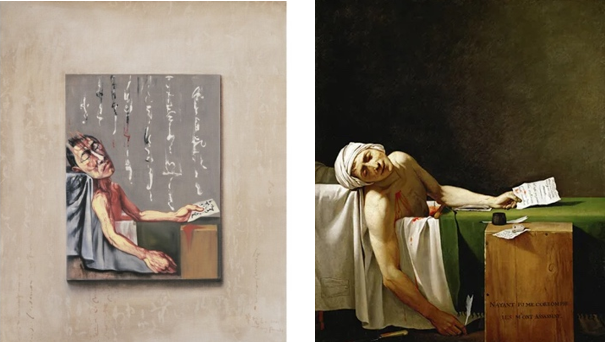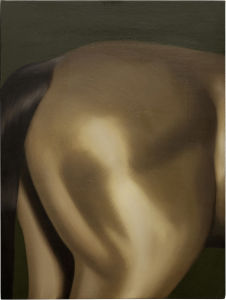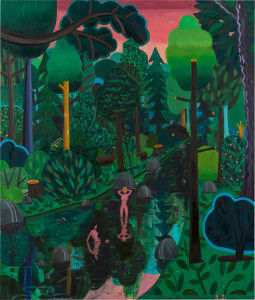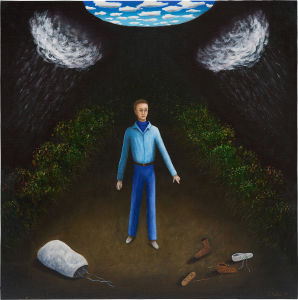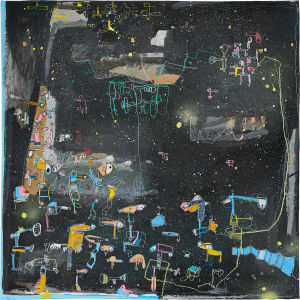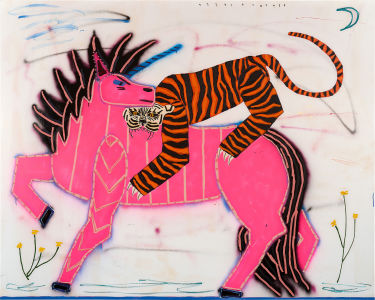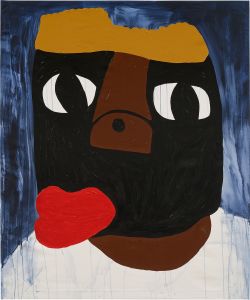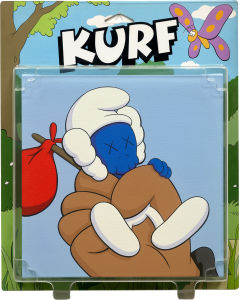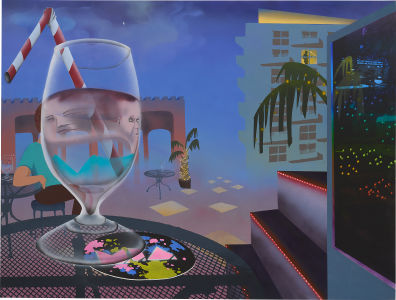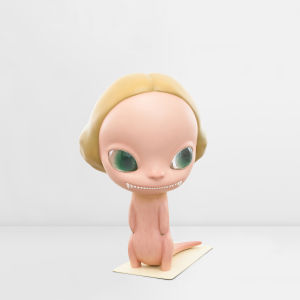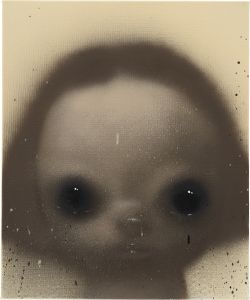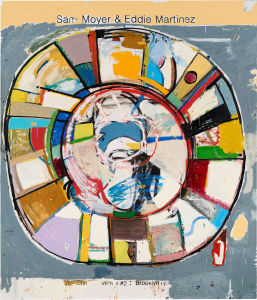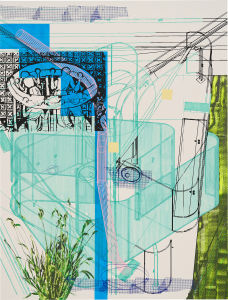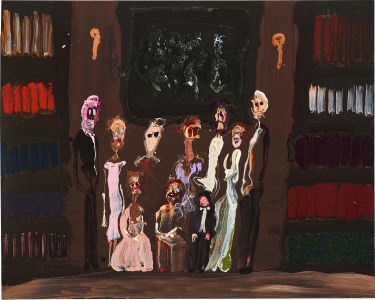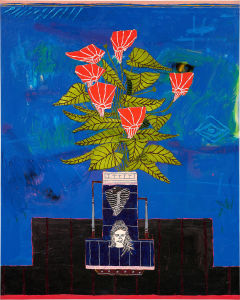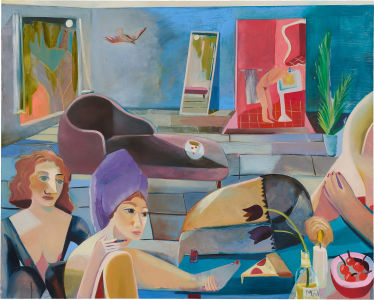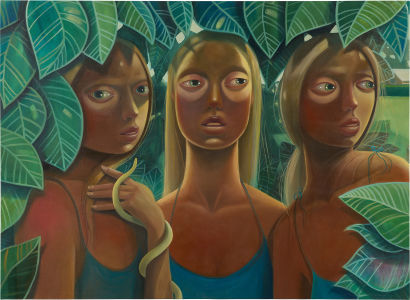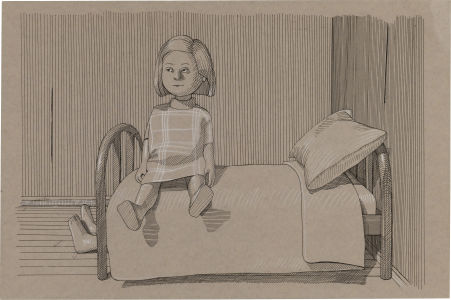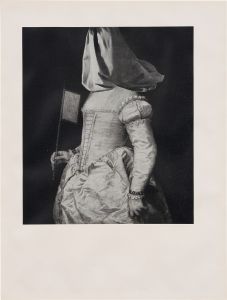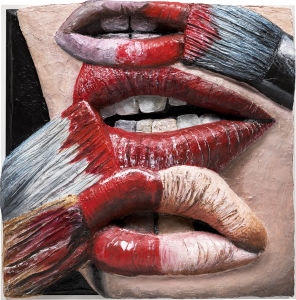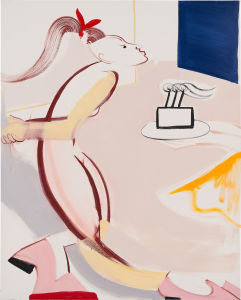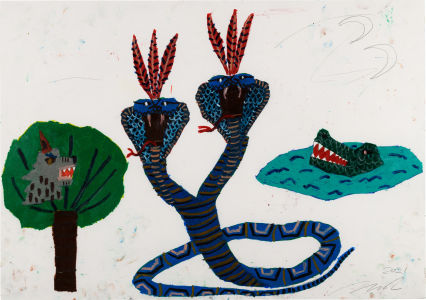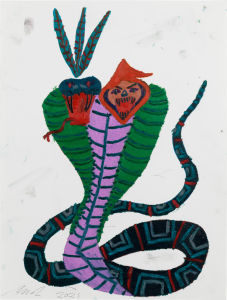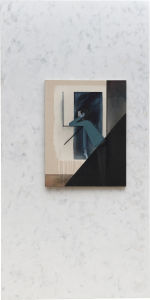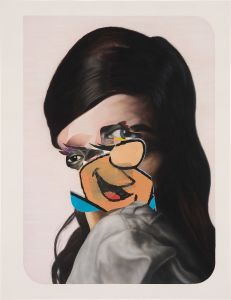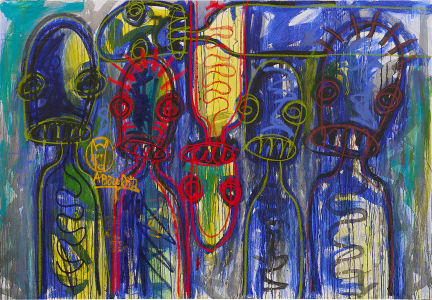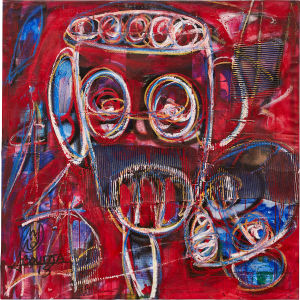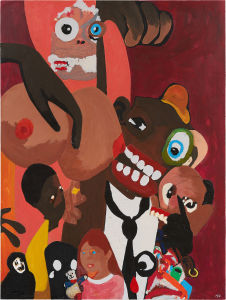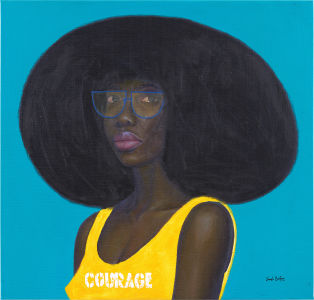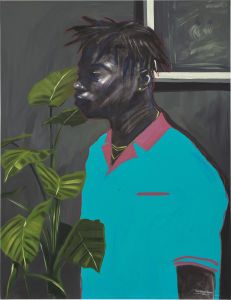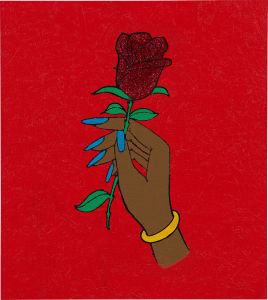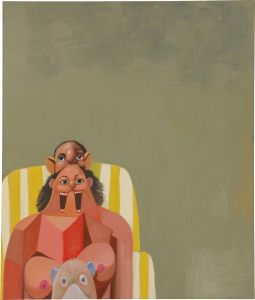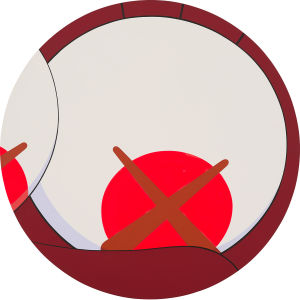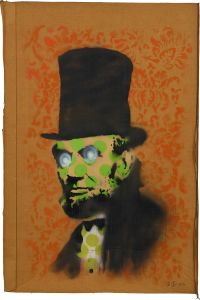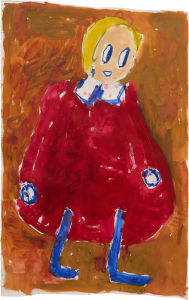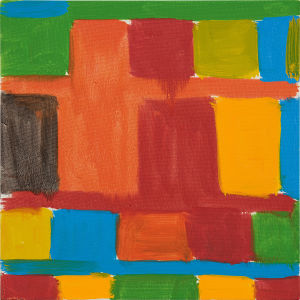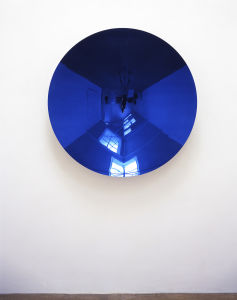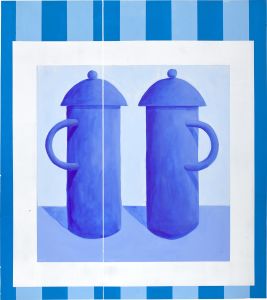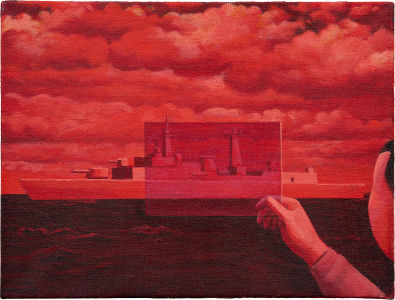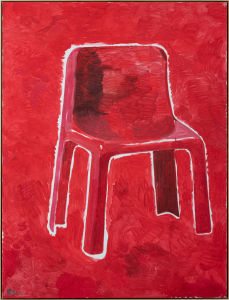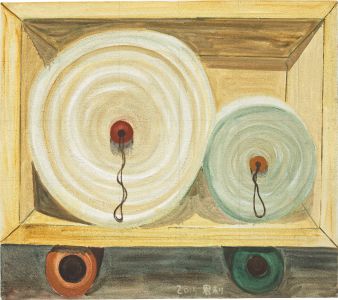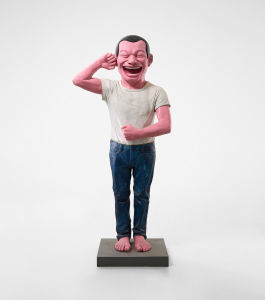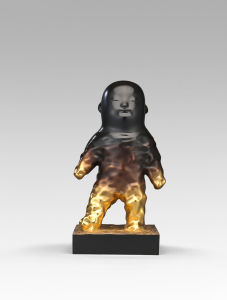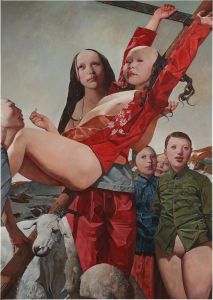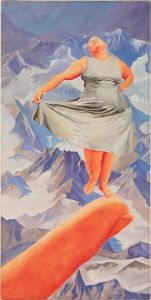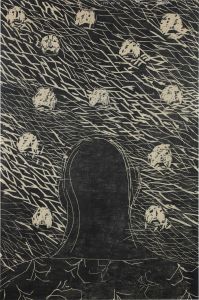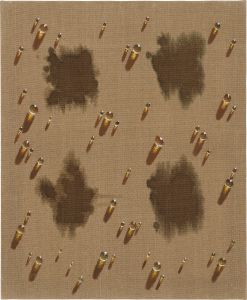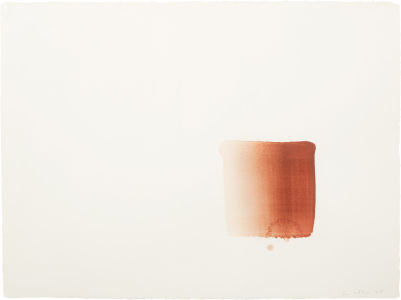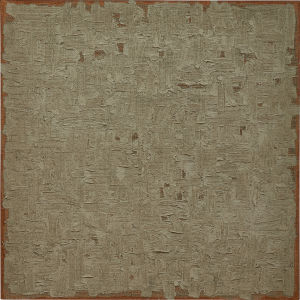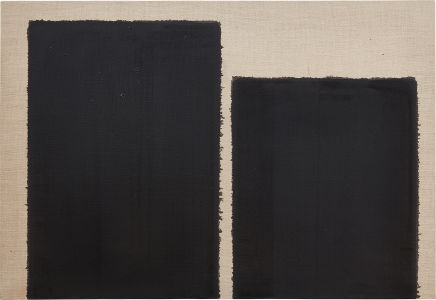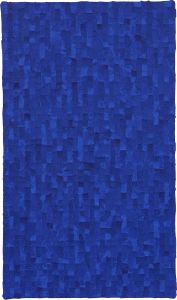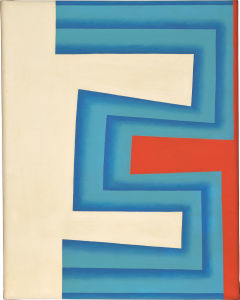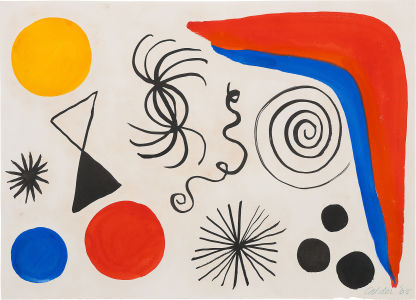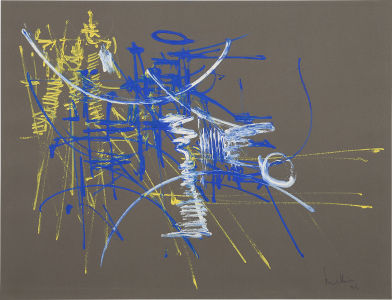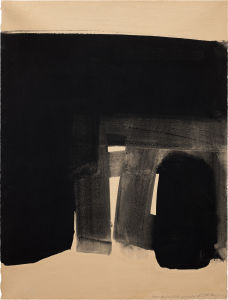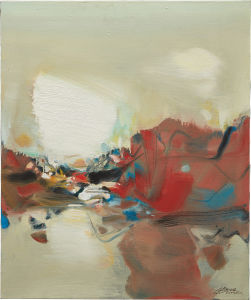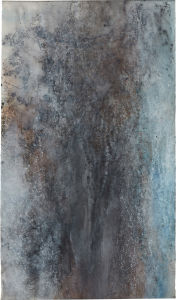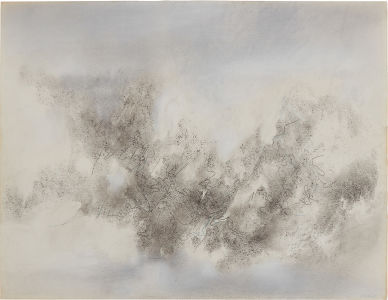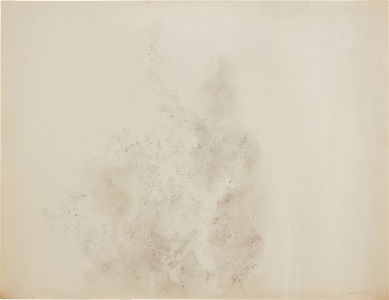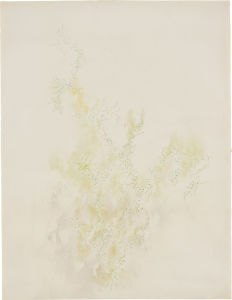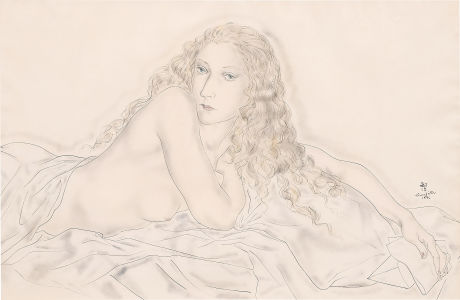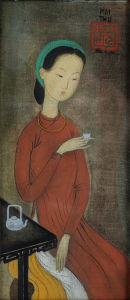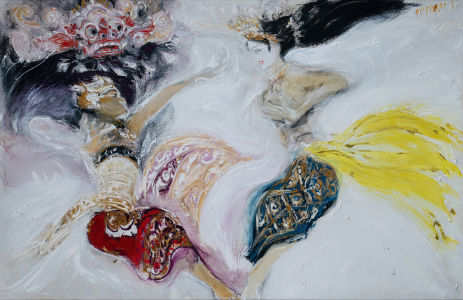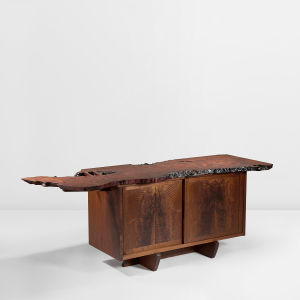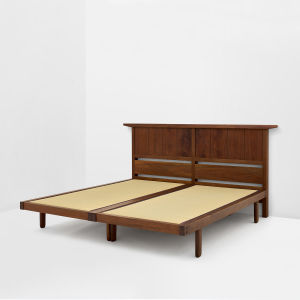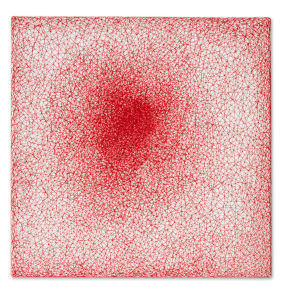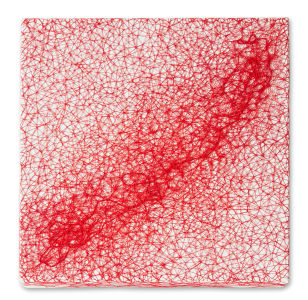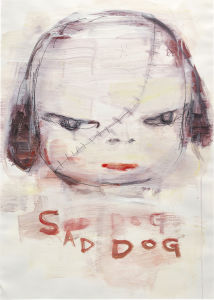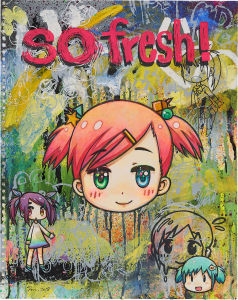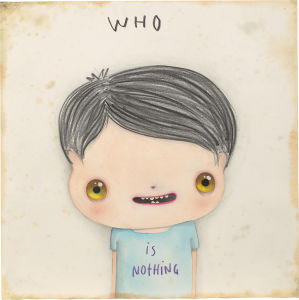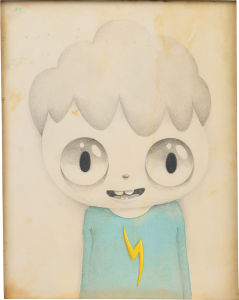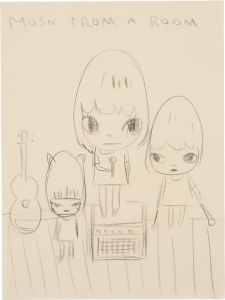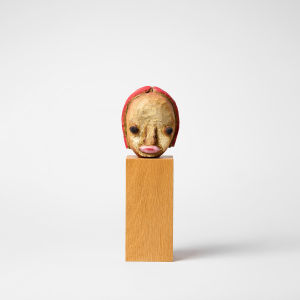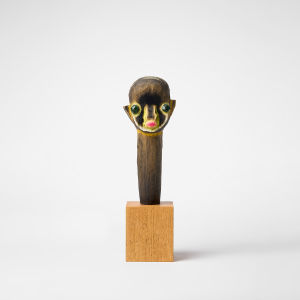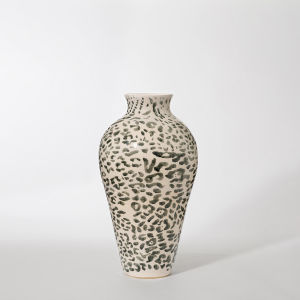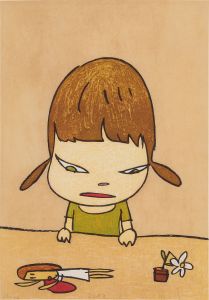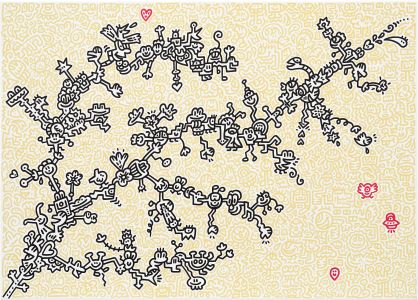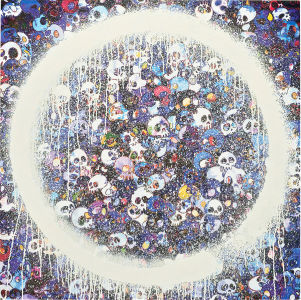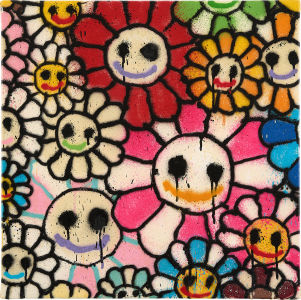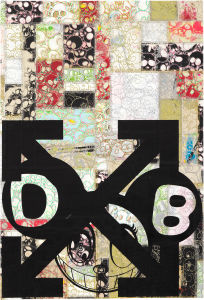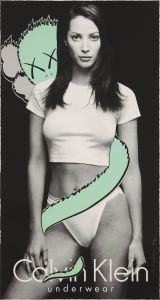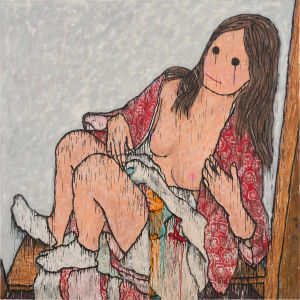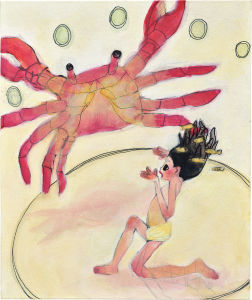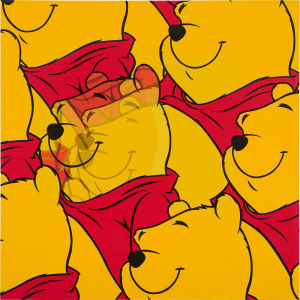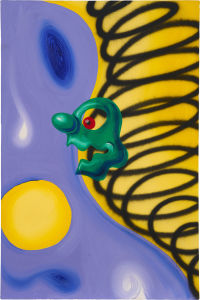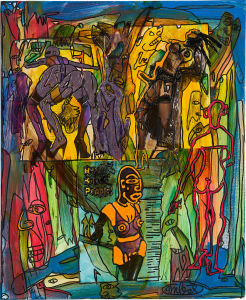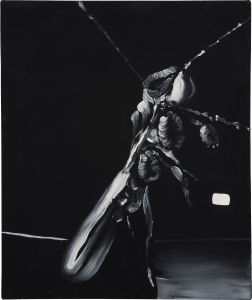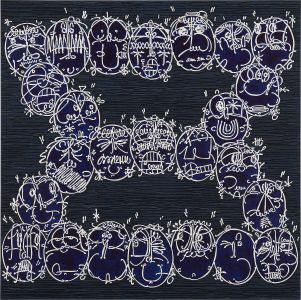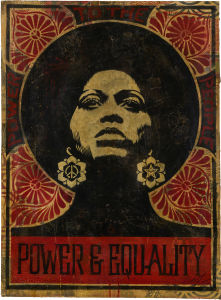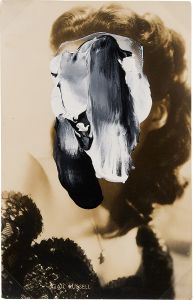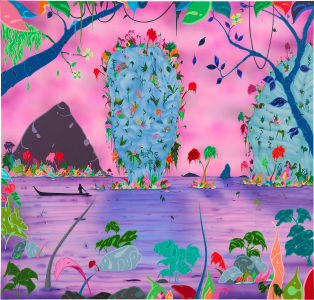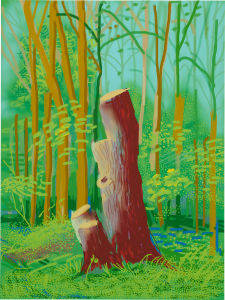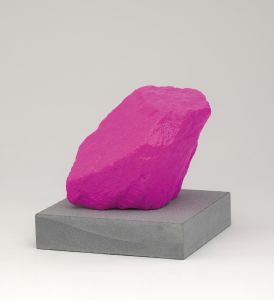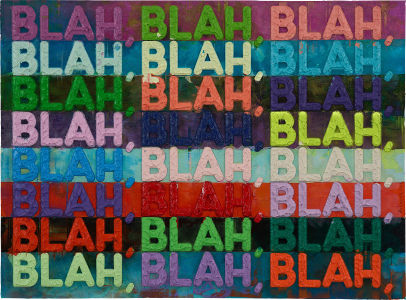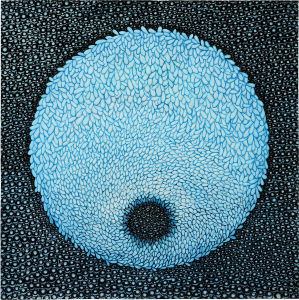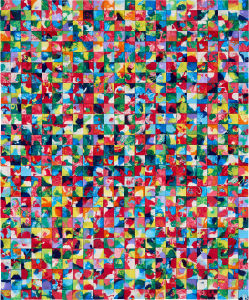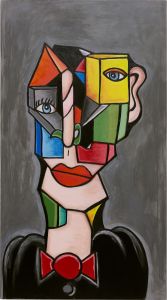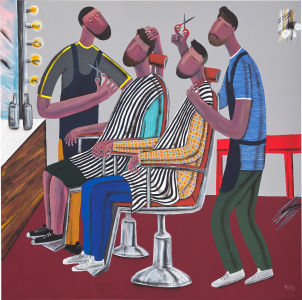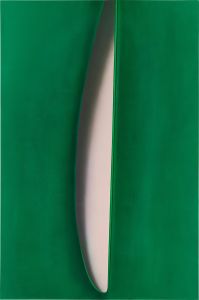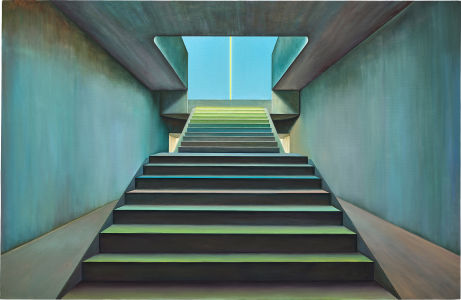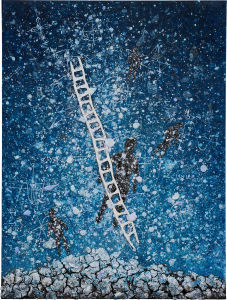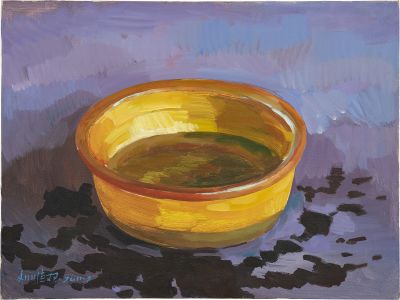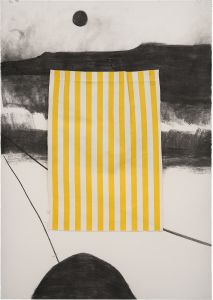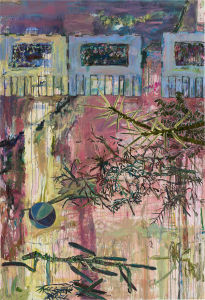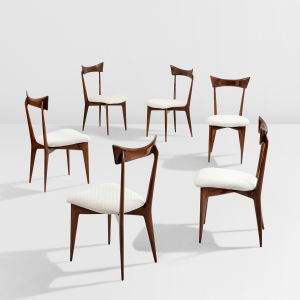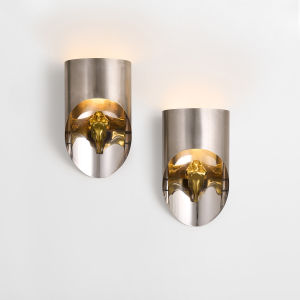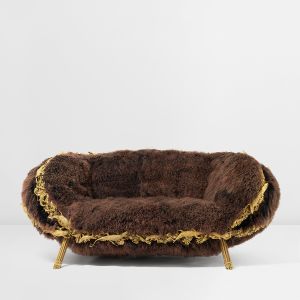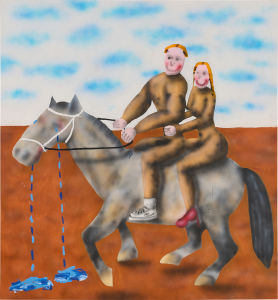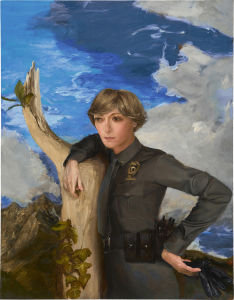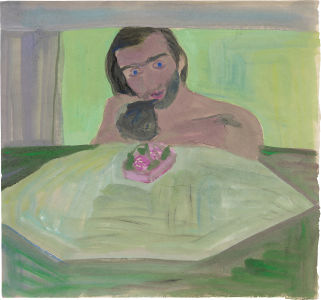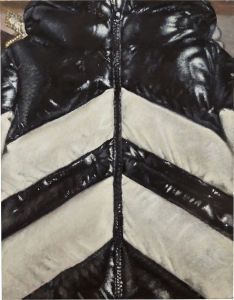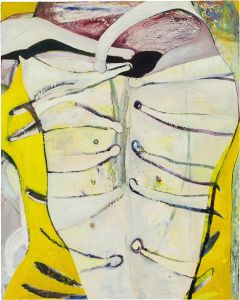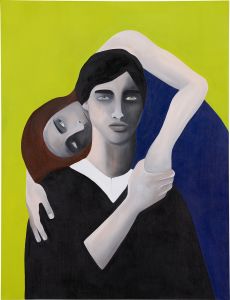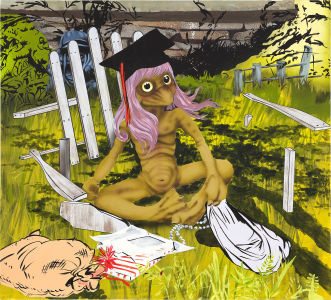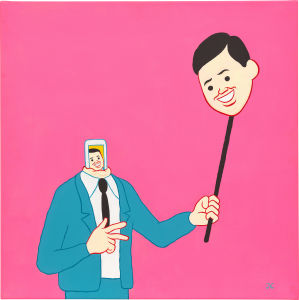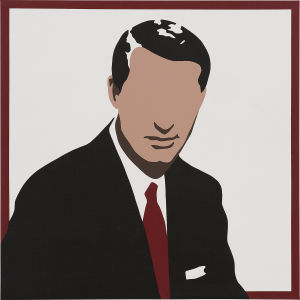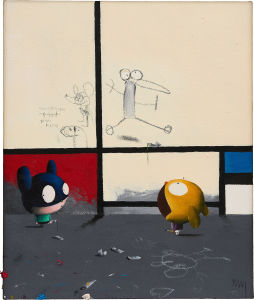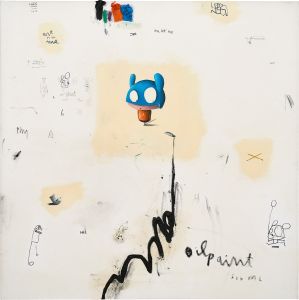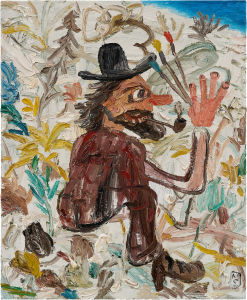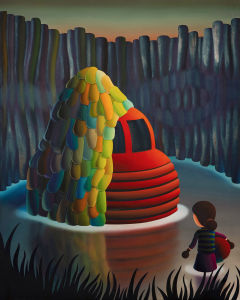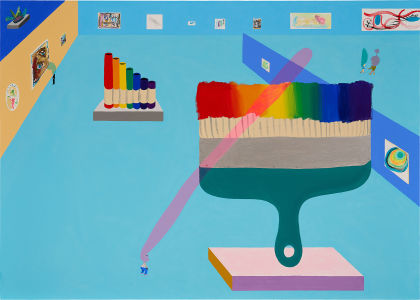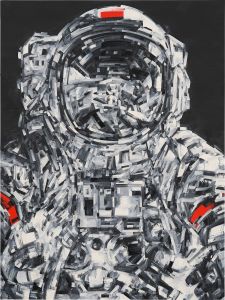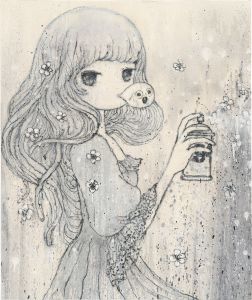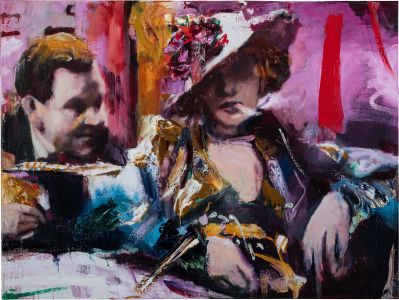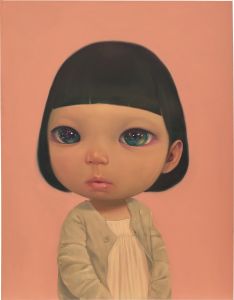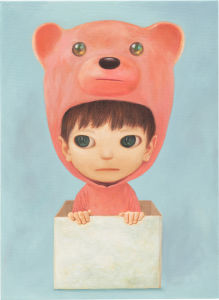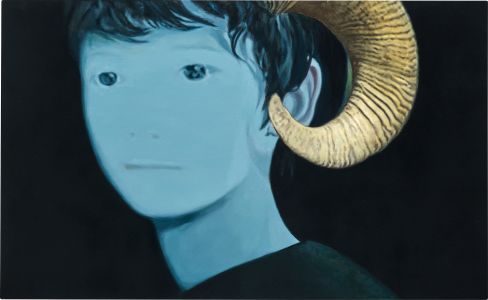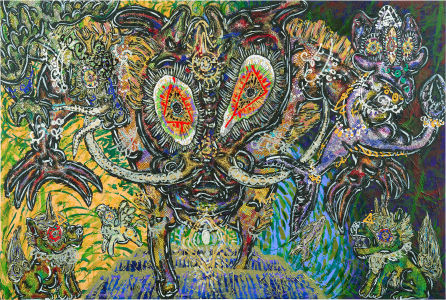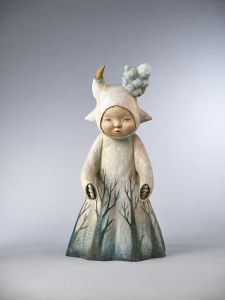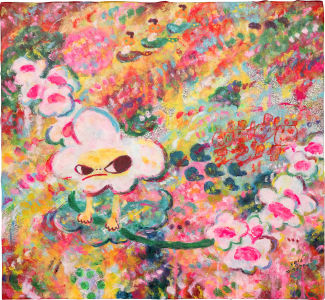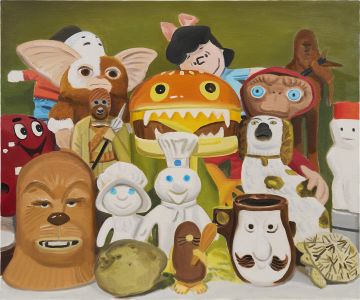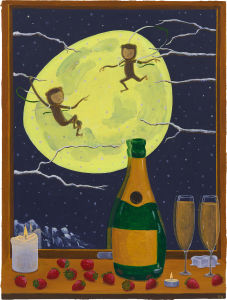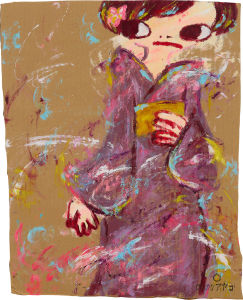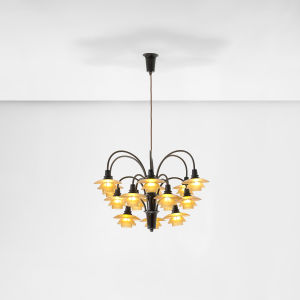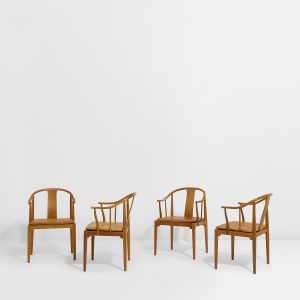DAW was exposed to and fascinated by western contemporary art through attending Art Basel and working in New York in the late 1980s and early 1990s. He was collecting western Pop art, a reflection of the rising industrialisation and economic power in the 1960s and 1970s.
When visiting Shanghai and wider China for the first time in 1997, DAW quickly felt the shift from communism to capitalism and was introduced to Lorenz Helbing, a Swiss and owner of ShanghART Gallery. DAW was intrigued by the quantum shift in economic growth, infrastructural mega projects, and the fast social adoption by the Chinese people. This shift was reflected in the Chinese Contemporary Art driven by creative and free-spirited artists. DAW was immediately attracted by the strength and power of this art.
With the support of Lorenz, DAW visited most of the represented artists in their studios and started to collect works from many of China’s most significant artists, including Zeng Fanzhi, Zhang Enli, Wang Guangyi, among many others….. Recently, PHILLIPS spoke with DAW about how he entered the art world and the evolution of his collecting journey.
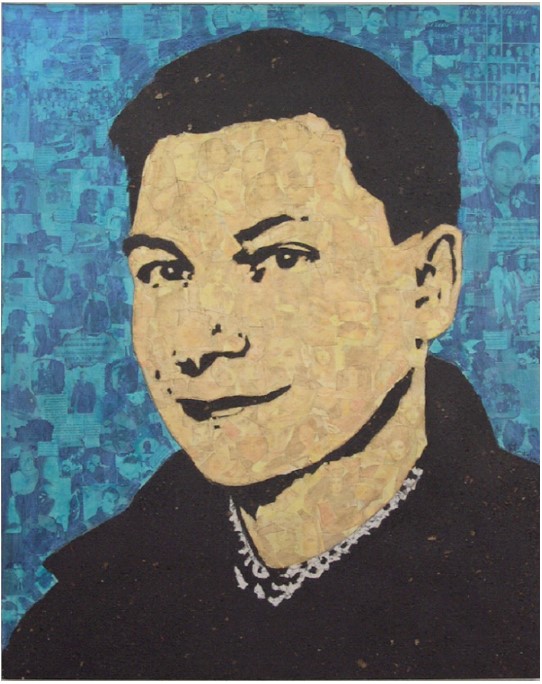
PHILLIPS: How did your path to collecting Chinese Contemporary Art begin? Do you recall what the first piece was you acquired?
DAW: I took my time to visit many galleries and artist studios, before buying my first Chinese Contemporary Art pieces, since I wanted to deeply understand the market (I guess a very Swiss approach). Finally, I bought my first pieces from Xue Song, Geng Jianyi, Ding Yi and Zeng Fanzhi at once through ShanghART in 2002.
PHILLIPS: Looking back over your collecting journey, how have your tastes evolved?
DAW: When the Chinese Contemporary Art market started to take off through the first pieces appearing at auctions in 2006-2007 (for example, Zeng Fanzhi shot in the world auction ranking from position 4,968 in 2004 to 28 in 2007), a new and younger generation of artists emerged with different views and topics reflecting the quantum shift and the fast-changing world. I started to visit these younger artists and collecting their artworks.
PHILLIPS: You are truly an engaged collector in that many of your works have been purchased directly from the artists’ studios. Is it important for you to meet artists in person?
DAW: I am a very curious person and like to meet interesting people. Therefore, it was natural for me to meet the source of inspiration and understanding more about the creators.
PHILLIPS: What is the focus regarding the artists in your collection? Do you feel there are themes that unites the works you have acquired? What inspires you in this category of art?
DAW: To simplify it, I guess that my collection is all about faces, scapes (land and city) and objects. It all goes back to the people, their country, and creations.
PHILLIPS: What advice would you give to a collector who is just starting out? What criteria should one set for oneself when collecting?
DAW: First of all, it is important to collect what you like (unless you see art as alternative investment asset). Second, I never saw myself as a collector, as I was passionate about living with the art pieces. Third, if you are buying into new art (like I did at that time) and it does not cost too much money (all relative of course), do not worry too much. If the price tag is heavier, carefully look at the artist works portfolio and evolution, understand the role of the gallery representing the artist and check out potential auction results.
PHILLIPS: Apart from art, are there any other interesting categories that you’ve collected in? Does this relate to your art collecting habits or philosophy in any way?
DAW: I was into Asian antiques, vintage cars, watches, and furniture and of course into books, music, films and wines. It was all about surrounding myself and enjoying the most beautiful things of what life has to offer.
PHILLIPS: From your point of view, what are the key trends shaping the future of art collecting and collection management? Which part of the technological advances today excites you the most?
DAW: Collecting art (like many other categories) has become a lot easier and transparent with the birth of the internet. With the birth of blockchain technology in 2009, art collecting and collection management will move more digital. This does not mean that physical and traditional art media will disappear, but it will be more and more digitally depicted. Blockchain and NFTs are a game changer for traditional and digital art. The last two years of the Covid19 pandemic have perpetuated this shift.


